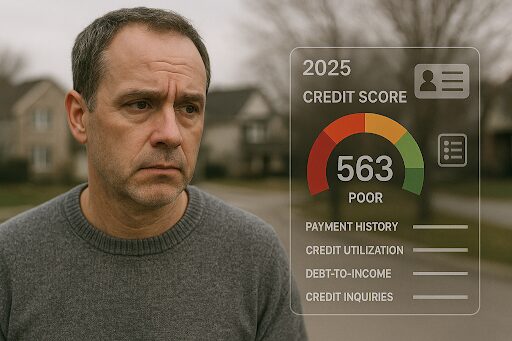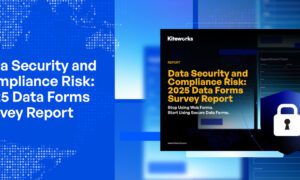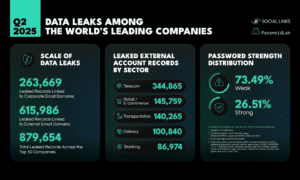In today’s fast-paced financial environment, personal credit is no longer just a three-digit number—it’s an evolving narrative that affects everything from home rental applications to car insurance premiums. With inflation, wage stagnation, and shifting employment patterns continuing to shape consumer behaviors, a growing number of Canadians are finding themselves in financial gray zones—where traditional lenders either hesitate or outright refuse to provide assistance.
This increasing disconnect between conventional banking models and everyday financial realities has led to the rise of non-traditional lending pathways, prompting a broader conversation about inclusive financing and the modernization of credit access.
Where Traditional Institutions Fall Short
For many individuals, a low credit score doesn’t necessarily equate to irresponsibility. Medical emergencies, divorce, sudden job loss, or even identity theft can severely damage a credit profile in ways that take years to recover. Despite this, legacy financial institutions still rely heavily on rigid lending criteria, often leaving responsible borrowers with limited access to fair, structured loans.
This has spurred the growth of financial platforms aiming to close the gap. By leveraging modern underwriting technologies and data models that go beyond credit scores, new entrants in the space are helping people rebuild their financial standing on more equitable terms.
One such provider is the easyfinancial bad credit loan program, which offers installment-based borrowing with personalized repayment plans. Unlike high-interest payday loans, these solutions are designed to be manageable and transparent, helping borrowers maintain financial momentum without falling into the cycle of debt.
Technology’s Role in Democratizing Access to Credit
Financial technology (fintech) has played a transformative role in reshaping how borrowers interact with lenders. Real-time credit checks, automated decision-making, and digital onboarding have all streamlined the lending process while reducing bias. By assessing a wider range of data—such as income stability, bank account activity, or even mobile payment history—some lenders are gaining a more nuanced understanding of borrower behavior.
Solutions like the easyfinancial bad credit loan reflect this shift. These offerings don’t just provide funds—they also empower users to gradually rebuild their creditworthiness through responsible borrowing, which is automatically reported to credit bureaus. For many borrowers, this is an essential step toward long-term financial stability.
Moreover, the rise of AI-driven lending platforms enables faster decisions without compromising risk assessment. Many fintech lenders also offer mobile apps or dashboards, making it easier for borrowers to track repayments, set reminders, and stay informed—tools that were rarely available in traditional loan settings.
Rebuilding Credit Isn’t Just Personal—It’s Economic
Improving access to responsible credit doesn’t only benefit individuals; it’s also vital for economic resilience at the community and national levels. When more people can secure loans for transportation, education, or small business initiatives, the ripple effect boosts local economies and reduces dependency on social safety nets.
From a macroeconomic standpoint, diversified lending also distributes financial risk more evenly across the credit ecosystem. Rather than concentrating borrowing power among the top-tier credit holders, inclusive lending promotes broader participation and financial mobility.
Additionally, tools that help users rebuild credit—like installment-based borrowing options—contribute to a healthier financial system overall. As borrowers regain control over their finances, delinquency rates drop, and trust in alternative lending models grows.
Avoiding Predatory Traps: Payday Loans vs. Smarter Alternatives
Despite increased awareness, many Canadians in urgent financial need still turn to payday loans, often unaware of the long-term consequences. These short-term, high-interest solutions can trap borrowers in a cycle of dependency, where fees snowball and repayment becomes nearly impossible.
By contrast, newer lending platforms offer more transparent terms and repayment structures. Instead of charging exorbitant interest rates or hidden penalties, they provide fixed monthly payments, longer loan terms, and early payment options—giving borrowers real breathing room.
As financial education becomes more accessible through digital platforms, more consumers are recognizing the importance of understanding loan terms before signing. This shift in borrower awareness is helping to slowly dismantle the power of predatory lenders.
What to Expect Moving Forward
The future of lending will likely be shaped by a balance between regulation and innovation. Policymakers are already exploring ways to introduce consumer protections for emerging fintech lenders, ensuring accountability and ethical lending practices. Meanwhile, fintech companies are racing to offer smarter, faster, and fairer borrowing experiences using machine learning, behavioral analytics, and blockchain-backed transparency.
In this evolving space, borrowers now have more power than ever to make informed, strategic choices. Whether recovering from financial hardship or simply seeking a fair opportunity to prove creditworthiness, today’s consumers are no longer limited to the constraints of old-school banking systems.
With thoughtful borrowing, disciplined repayment, and access to the right tools, regaining financial footing is no longer just a hope—it’s a tangible path forward.
Conclusion
As the stigma around bad credit fades and technological innovation continues to expand financial inclusion, borrowers are being equipped with more than just funds—they’re being given the tools and opportunities to rewrite their financial stories.
The journey to credit recovery may still be difficult, but with responsible lending programs and digital-first support systems, the road is more navigable than ever.



































